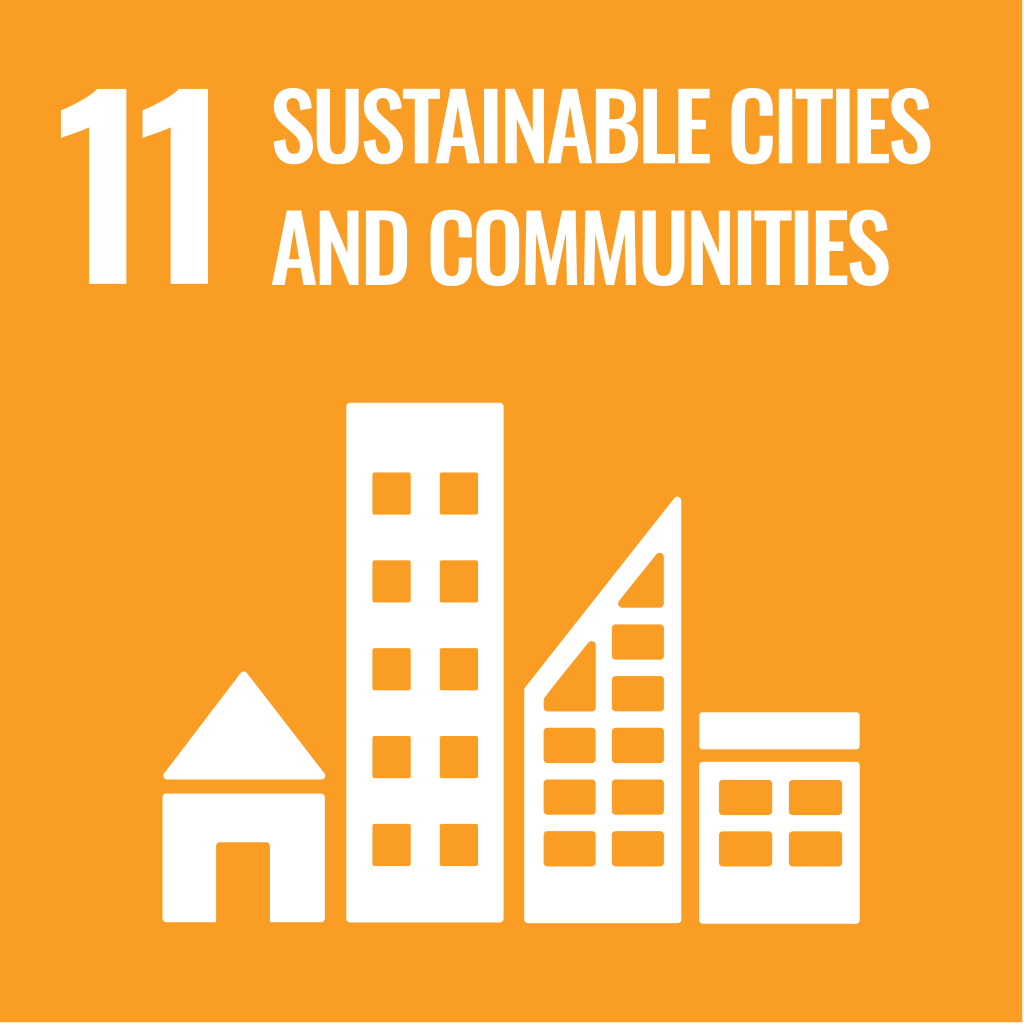| Course label : | Python and tools for research |
|---|---|
| Teaching departement : | EEA / Electrotechnics - Electronics - Control Systems |
| Teaching manager : | Mister PIERRE-ANTOINE THOUVENIN / Mister PIERRE CHAINAIS |
| Education language : | |
| Potential ects : | 0 |
| Results grid : | |
| Code and label (hp) : | MR_DS_S1_PTR - Python and tools for research |
Education team
Teachers : Mister PIERRE-ANTOINE THOUVENIN / Mister PIERRE CHAINAIS
External contributors (business, research, secondary education): various temporary teachers
Summary
Basic notions and structures of Python and popular modules (numpy, scipy, sklearn, etc.). Fundamentals of object-oriented programming with Python. Hands on, plus some presentation of useful tools such as LaTex and Bibtex. The labs will illustrate: - the ability of Python to quickly translate into code very usual linear algebra operations as well as statistical procedures; - the benefits of object-oriented programming (with ML oriented examples); - the power of Latex/Bibtex for scientific document editing.
Educational goals
After successfully taking this course, students should be able to: - manipulate usual structures of Python; - implement object-oriented programs in Python; - understand the notion of class and object; - understand the concepts of encapsulation and inheritance; - write Python code abiding by usual notation, comment and documentation conventions; - systematically test their codes (through unit tests, debugging); - use several ML-oriented Python modules (numpy, scipy, sklearn); - write a report using LaTex and Bibtex; - explore bibliographic databases and administrate a bibliography.
Sustainable development goals
Knowledge control procedures
Continuous Assessment
Comments: Continuous evaluation.
Labs, grading scale: (min) 0 = 20 (max) - Passing grade = 10/20
Evaluations:
- LaTeX report (L): 6h
- Python lab reports (P) x4: 2h each
Grade session 1: N = (L+4*P) / 5
2nd chance evaluation : Python lab (2h) (TP)
Grade session 2: 0.7*N + 0.3*TP
Online resources
List of references, documents, .tex resources and lab notebooks, made available on Moodle.
Pedagogy
Lab sessions. Language of instruction: English.
Sequencing / learning methods
| Number of hours - Lectures : | 12 |
|---|---|
| Number of hours - Tutorial : | 12 |
| Number of hours - Practical work : | 0 |
| Number of hours - Seminar : | 0 |
| Number of hours - Half-group seminar : | 0 |
| Number of student hours in TEA (Autonomous learning) : | 0 |
| Number of student hours in TNE (Non-supervised activities) : | 0 |
| Number of hours in CB (Fixed exams) : | 0 |
| Number of student hours in PER (Personal work) : | 0 |
| Number of hours - Projects : | 0 |
Prerequisites
Basics of programming in Python. Refresher course in computer science. Basic notions of C programming.
Maximum number of registrants
Remarks
Assessment based on the reports and codes produced for each lab by each group of students (composed of max. 2 students).







